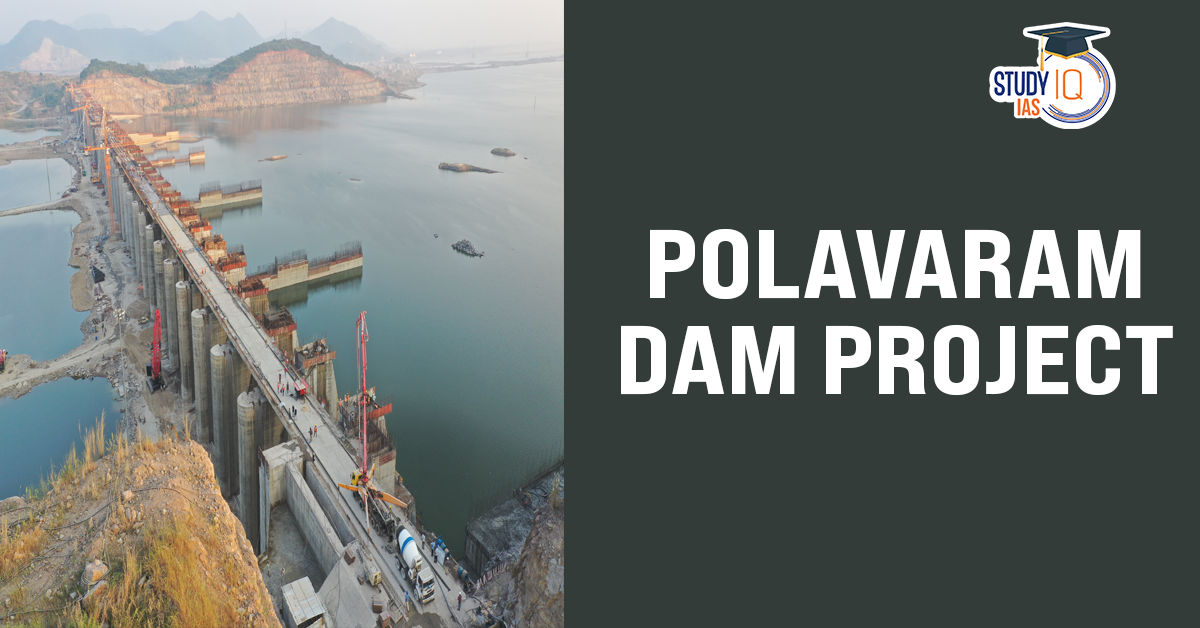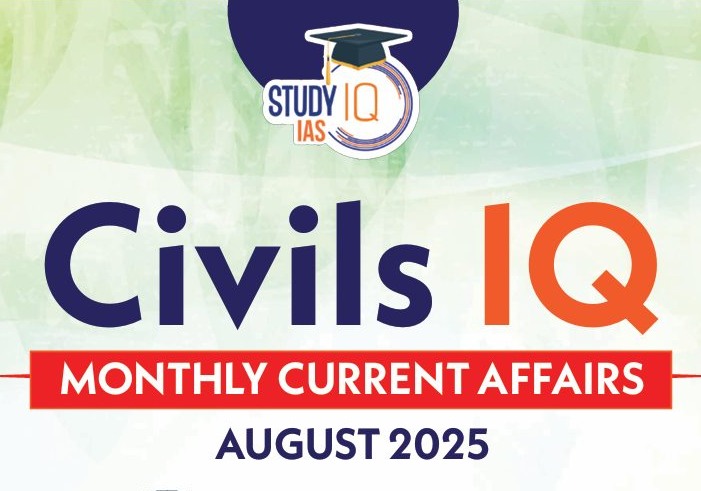Table of Contents
Polavaram Dam Project, officially called the Polavaram Irrigation Project, is a significant multipurpose infrastructure initiative in Andhra Pradesh, India. The project aims to facilitate irrigation, drinking water supply, and hydroelectric power generation while also addressing inter-basin water transfer.
Polavaram Dam Project
- It is a multi-purpose project on the Godavari River in Andhra Pradesh.
- It will facilitate inter-basin water transfer from the Godavari to the Krishna through a link canal.
- The project has been accorded National project status by the Union Government of India (As per the Andhra Pradesh Reorganisation Act, 2014).
- Benefit: 90% of the funding for the project will be given by the central government.
- It will submerge a portion of the Papikonda National Park in Andhra Pradesh.
- Tribes facing displacement due to this project: Koya, Konda Reddi and Konda Kamari.
| Godavari River |
|
Key Features of Project
Capacity and Benefits
- Designed to store 194 TMC (Thousand Million Cubic Feet) of water and utilize 322 TMC for irrigation and drinking purposes.
- Will irrigate about 7.2 lakh acres of land and provide drinking water to 28.5 lakh people.
- Includes a hydropower component capable of generating 960 MW of electricity
Current Status
- Construction has faced delays due to issues like funding disputes, technical challenges (e.g., damage to the diaphragm wall), and inadequate rehabilitation and resettlement (R&R) of affected families.
- The spillway and its gates are complete, while the right and left canals are 92.75% and 72.81% finished, respectively. However, the main dam’s construction is awaiting the resolution of the diaphragm wall issue
Challenges
- Technical problems such as flood-induced damage to the diaphragm wall and riverbed seepage have slowed progress.
- Financial constraints and disagreements between the state and central governments on project costs have added delays
Rehabilitation and Resettlement
- R&R efforts for displaced families are only partially complete (22.36% as of recent updates), which remains a major obstacle for project advancement


 Bonnet Macaques: Habitat, Features, Beha...
Bonnet Macaques: Habitat, Features, Beha...
 Periyar Tiger Reserve, Map, Flora, Fauna...
Periyar Tiger Reserve, Map, Flora, Fauna...
 Project Cheetah in India, Objectives, Ch...
Project Cheetah in India, Objectives, Ch...




















